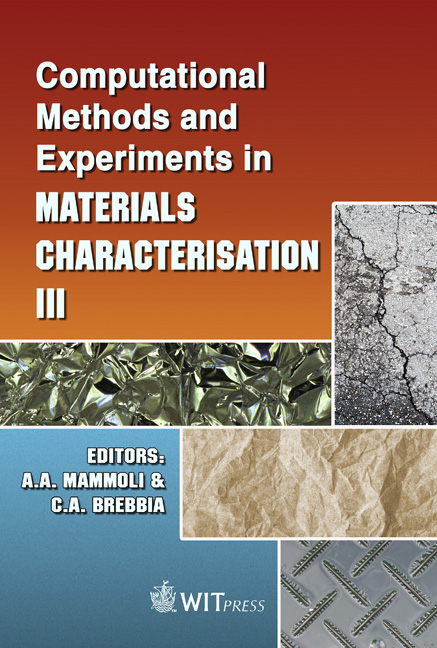Laser Speckle Measurements And Numerical Simulations Of The Deformation Of Masonry Loaded In Compression
Price
Free (open access)
Transaction
Volume
57
Pages
11
Published
2007
Size
2,418 kb
Paper DOI
10.2495/MC070151
Copyright
WIT Press
Author(s)
A. T. Vermeltfoort
Abstract
This study focuses on the comparison of the results of a laser speckle technique, ESPI, and numerical simulations with DIANA when used for research into the role of brick–mortar interaction on the deformation of masonry loaded in compression. When a masonry structure is loaded, the interaction of brick and mortar is considered of paramount importance with respect to the mechanical behaviour of masonry. As a consequence of the brick laying process and positioning of the unit, masonry has weak spots at the mortar-unit interface. The clay–brick–mortar interaction was measured in detail with ESPI, a specially designed laser speckle test equipment. It was shown that most of the deformation occurred in the brick–mortar interface. DIANA was used for some numerical simulations of the brick–mortar interaction. Simulated specimen dimensions were as in the experiments. An interface layer of 1 mm thickness was modelled between mortar and top unit to simulate the contact layer. Fissures were modelled as 15 mm deep openings. Similarities between ESPI and DIANA are seen in the way the results i.e. node displacements are presented. Both DIANA and ESPI produce a similar tabular output with node coordinates and their displacements. This output can be used in spread sheet programs for further analyses. As DIANA and ESPI give comparable results, the advantage of DIANA – i.e. the calculation of stresses – can be utilized. Results of the study can be used for more detailed modelling of masonry. Keywords: experimental methods, composites, optical method, numerical simulation, brick mortar interface, compressive loading.
Keywords
experimental methods, composites, optical method, numerical simulation, brick mortar interface, compressive loading.





